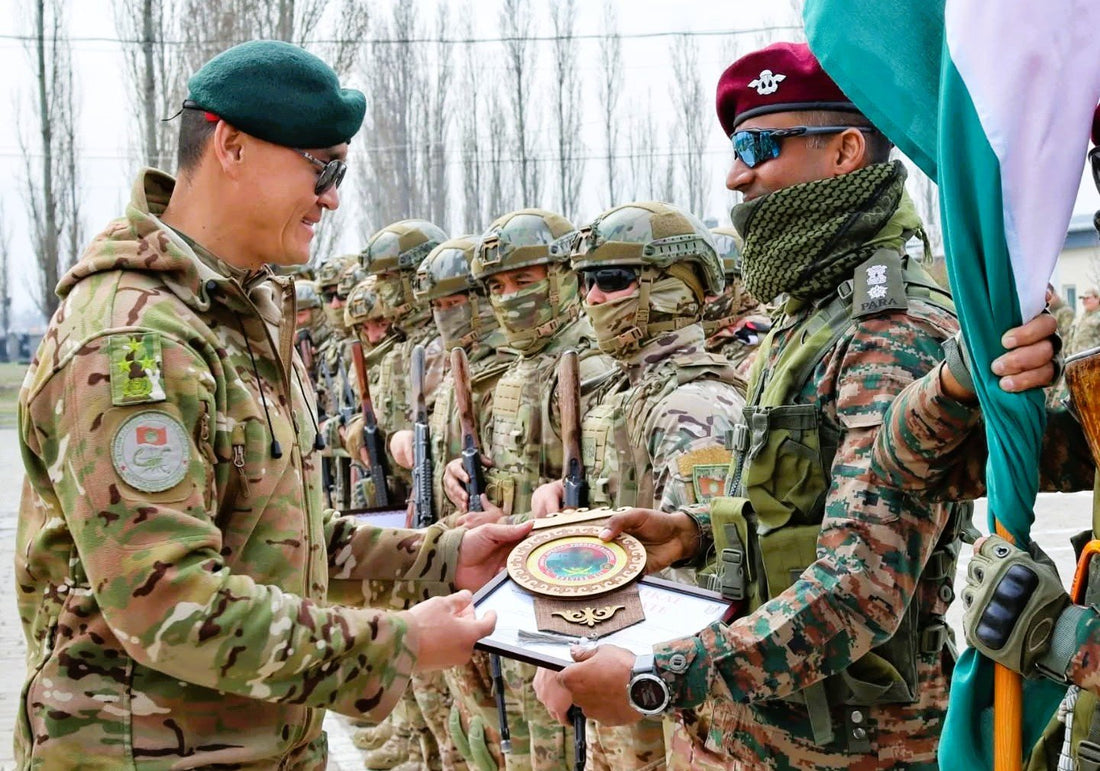Exploring the Path from Agniveer to Para SF Commando: Opportunities and Challenges in Indian Military Recruitment

The question of whether an Agniveer can become a Para SF Commando highlights the changing dynamics of military recruitment in India, particularly through the Agnipath Scheme. Introduced in June 2022, this initiative seeks to modernize the recruitment process for the Indian Armed Forces by focusing on a younger demographic for a fixed four-year term. While the Agnipath Scheme aims to boost the armed forces' operational capabilities with youthful enthusiasm, it raises questions about career advancement for those aiming to join elite units like the Para Special Forces.
This discussion explores the available pathways for Agniveers aspiring to become Para SF Commandos, the challenges they encounter, and the rigorous journey they undertake from initiation to completion.
Historically, the Indian Armed Forces have established elite units like the Para SF Commando for specialized operations such as counter-terrorism and unconventional warfare. Traditionally, joining the Para SF was a privilege for army personnel who had completed extensive service and training. However, with the Agnipath Scheme, this landscape is evolving, introducing both opportunities and uncertainties in military careers, particularly for elite combat roles.
The Agnipath Scheme revamps military recruitment by attracting individuals aged 17.5 to 21 years for a four-year tenure across various armed service branches. While this initiative is seen as a progressive step towards a dynamic military workforce, it also brings unpredictability. Agniveers may gain valuable training and experience, but they might face ineligibility or uncertainty about progressing into specialized roles like the Para SF.
A significant point of contention is whether the limited tenure aligns with the rigorous training and operational commitments required for elite units. Therefore, understanding the journey from an Agniveer to a Para SF Commando necessitates a detailed examination of the recruitment process, selection criteria, and the demanding training involved.
To volunteer for Para SF, candidates must first enlist as a soldier or officer in the Indian Army, completing standard military training. Candidates must clear initial written exams with a minimum score of 50%, and physical fitness is crucial, with only those excelling in endurance tests considered for further evaluations.
Becoming a Para SF Commando requires passing a series of intense and competitive selection processes. The selection occurs twice a year and includes components like a 40 km speed march and tests such as cliff climbs and river crossings, assessing physical abilities and skills necessary for operational scenarios.
Candidates must demonstrate competence in combat skills, including precision shooting and close-quarters combat, while meeting stringent physical benchmarks such as running 5 km in under 20 minutes, completing chin-ups, push-ups, and sit-ups within specified times.
The selection process also includes psychological evaluations to test mental resilience under stress, ensuring candidates maintain composure in combat situations. Mental toughness is as vital as physical prowess in special operations.
Once selected, candidates undergo rigorous training at the Special Forces Training School (SFTS) in Nahan, Himachal Pradesh, lasting three to six months. The training covers areas like HALO/HAHO parachute jumps, jungle survival techniques, and simulations of real-world conditions faced by commandos.
Following initial training, candidates enter a six-month probation period, which involves live field validation to evaluate their ability to apply learned skills under real operational conditions.
Despite the potential for an Agniveer to become a Para SF Commando, several hurdles complicate this aspiration. The four-year service limit may restrict Agniveers from completing the extensive training and probation period necessary for Para SF. Additionally, the Indian Army has not yet clearly outlined policies on the eligibility of Agniveers for specialized units like Para SF, leading to career uncertainty.
The rigorous standards set for Para SF selection and training demand relentless dedication, stamina, and psychological resilience, all of which can be particularly challenging given the time constraints for Agniveers. Historically, only about 12-15% of volunteers complete the Para SF training, earning the coveted “Balidan” badge, highlighting the extreme difficulty of the program.
The pathway to becoming a Para SF Commando poses unique challenges for Agniveers compared to traditional soldiers. Traditional soldiers serve longer durations, providing ample time for rigorous training and probation for elite roles. In contrast, Agniveers must achieve this within a shorter timeframe.
Future trends in military recruitment, particularly for elite roles like the Para SF, may depend on evolving policy frameworks and the adaptability of the Agnipath Scheme. As the Indian Army adapts to modern security challenges, structural changes affecting recruitment and career progression may occur.
Further clarifications on pathways for Agniveers to pursue specialized roles might emerge, given ongoing discussions about military preparedness. Comprehensive training programs focusing on fast-tracking Agniveers into specialized units could address current challenges.
While becoming a Para SF Commando is achievable for an Agniveer, the complexities and challenges inherent in this journey cannot be underestimated. The stringent physical and mental demands, coupled with the Agnipath Scheme's unique constraints, create a competitive and unpredictable environment.
Future policy refinements may offer clearer pathways for aspiring commandos, making their ambitions more achievable. Agniveers inspired by this challenging yet prestigious career path must remain steadfast in their preparations, embracing robust training and enduring uncertainties to don the Para SF insignia.



















